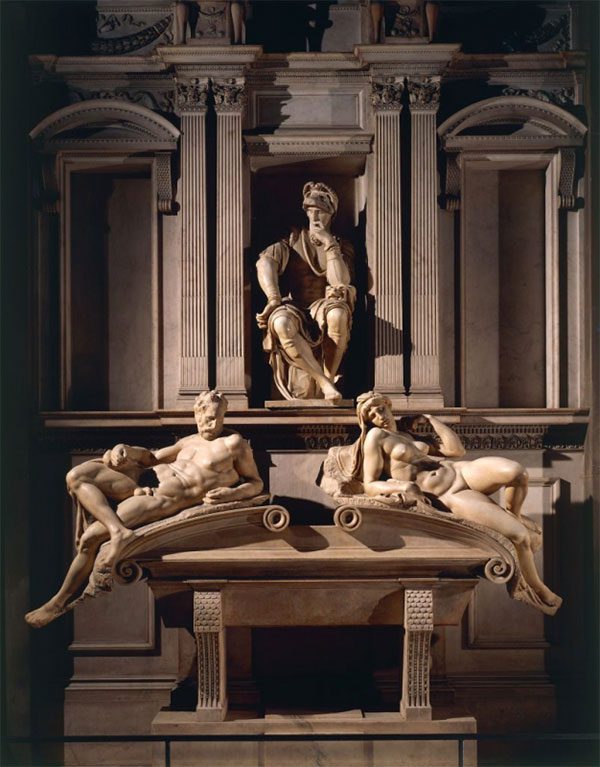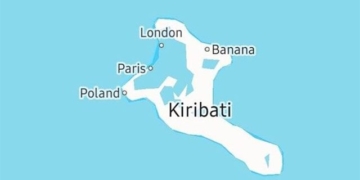Nouns related to bacteria often evoke negative feelings. However, in reality, not all bacteria are like that. In a positive turn of events, Italian scientists have successfully researched the use of bacteria to restore the works of the master sculptor Michelangelo.
In commemoration of the 545th anniversary of the birth of Renaissance sculptor Michelangelo, Italian scientists have made efforts to restore the tomb of the Medici family in the San Lorenzo Church in Florence, one of his significant works, to present it to the public.
According to the history of the artistic city of Florence, Michelangelo was commissioned to sculpt the tomb of Alessandro Medici, who held power in Florence during 1520. Michelangelo created the work from marble, featuring representations of Medici family members and symbolic images of twilight, dawn, night, and day.

The Medici family tomb sculpture by Michelangelo. (Photo: Getty).
However, the coffin containing Alessandro Medici’s remains frequently leaked organic substances that adhered to the artworks. Therefore, to clean the layers of grime accumulated over centuries on Michelangelo’s works, experts have researched a new approach to address this issue using bacterial intervention.
A gel containing three strains of bacteria has been developed, including Serratia ficaria SH7, Pseudomonas stutzeri CONC11, and Rhodococcus sp. This gel is applied to the marble statues and helps completely clean off the adhering dirt.
The head of the restoration team, Ms. Monica Bietti, former director of the Medici Foundation Museum, stated that the expert team spent eight years conducting research. Selecting the bacterial strains was a crucial task, ensuring that they only cleaned the dirt without harming or altering the marble quality.
Ms. Monica Bietti also revealed that Serratia ficaria SH7 is a type that can cause urinary tract infections in humans. Before applying this gel to Michelangelo’s works, the expert team had to test 11 different strains of bacteria.
Michelangelo di Lodovico Buonarroti Simoni (1475 – 1564), commonly known as Michelangelo, was an Italian painter, sculptor, architect, poet, and engineer of the Renaissance. His expertise in various fields reached exceptional levels, earning him the title of a quintessential Renaissance figure, alongside Leonardo da Vinci, Raphael, and Titian.





















































